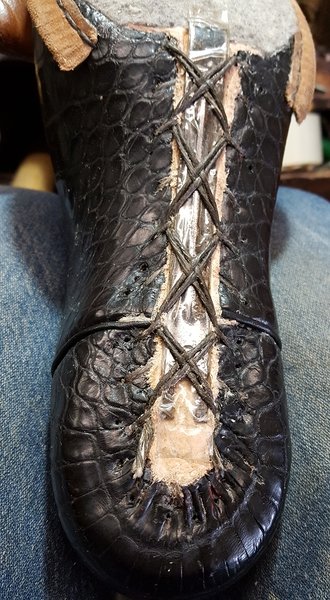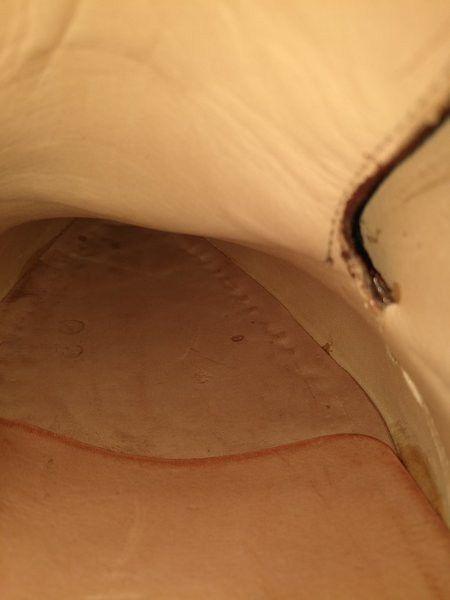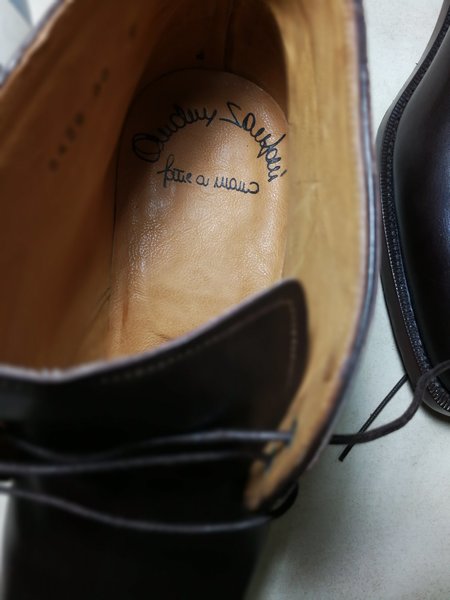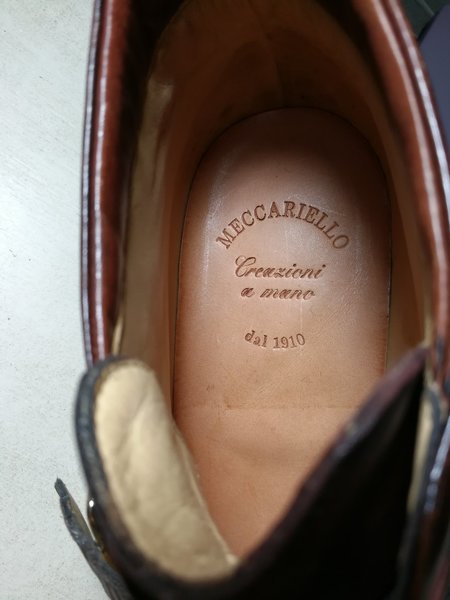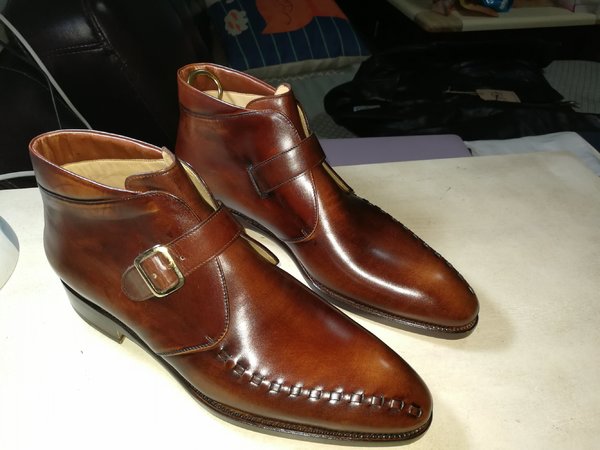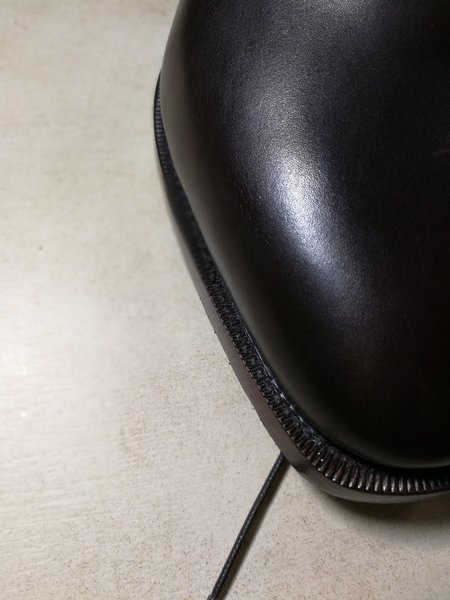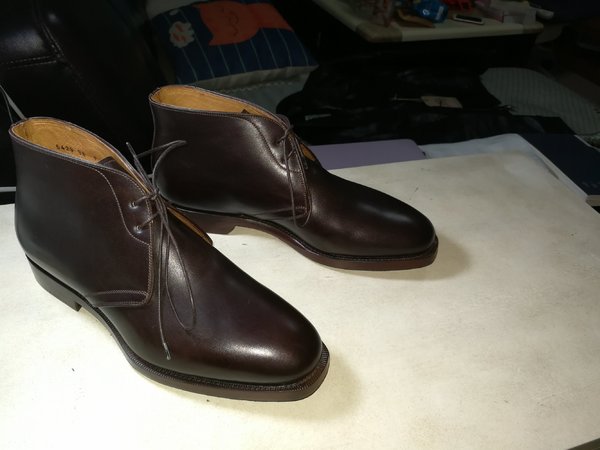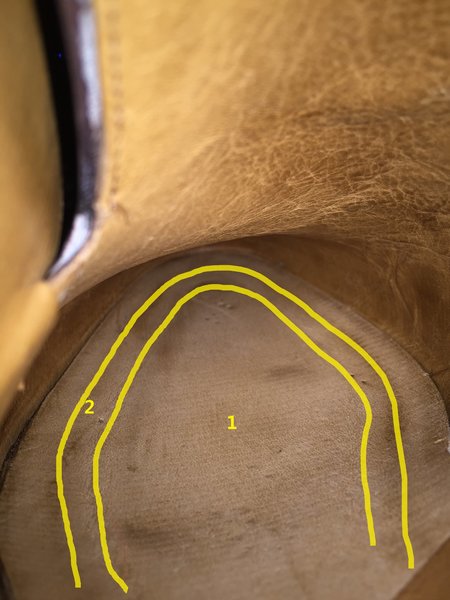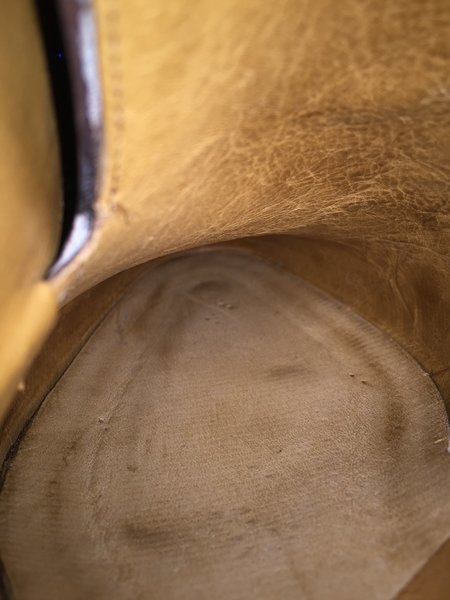dbhdnhdbh
Senior Member
- Joined
- Sep 3, 2012
- Messages
- 333
- Reaction score
- 46
PB, I completely agree with you about appearance. Plus, leather feels better under foot. But I operate under two sets of rules when spending money. For my family I get the best. This is not necessarily the most expensive, but it can be. For myself when the heart and the wallet conflict over a purchase the wallet wins. Always.
Not sure I believe the early deterioration claim for Tops. If that were true then people like Nick would know it. They see lots of shoes with Topys. I wonder how many they see with rotten soles? Given the price differential between a resole job and sole protectors, esp. if you apply the protectors yourself, the leather soles would have to "suffocate" and die pretty fast to make it cheaper to avoid Topys.
Hoping Nick will chime in.
Not sure I believe the early deterioration claim for Tops. If that were true then people like Nick would know it. They see lots of shoes with Topys. I wonder how many they see with rotten soles? Given the price differential between a resole job and sole protectors, esp. if you apply the protectors yourself, the leather soles would have to "suffocate" and die pretty fast to make it cheaper to avoid Topys.
Hoping Nick will chime in.


